Matthew William McQuire
Advisor: Herbert Enns
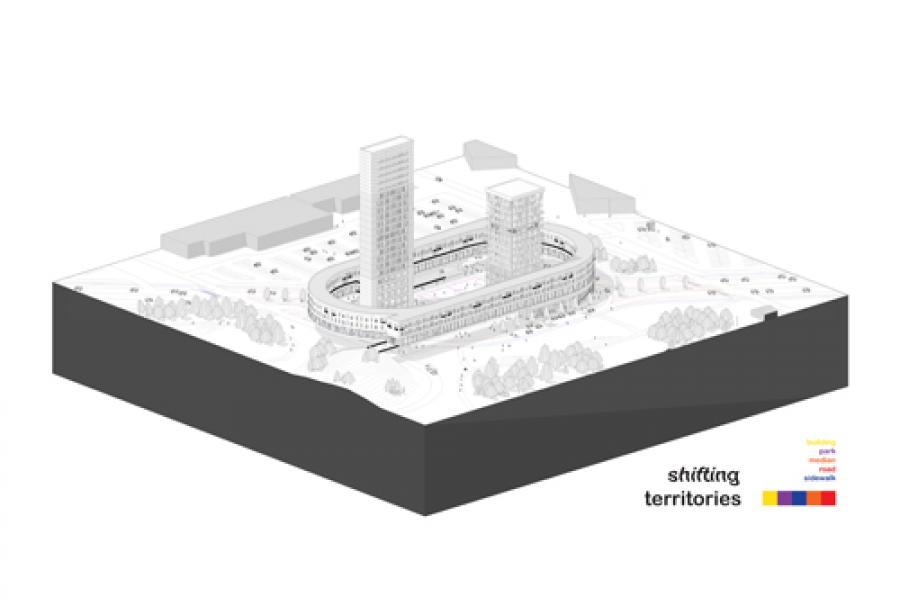
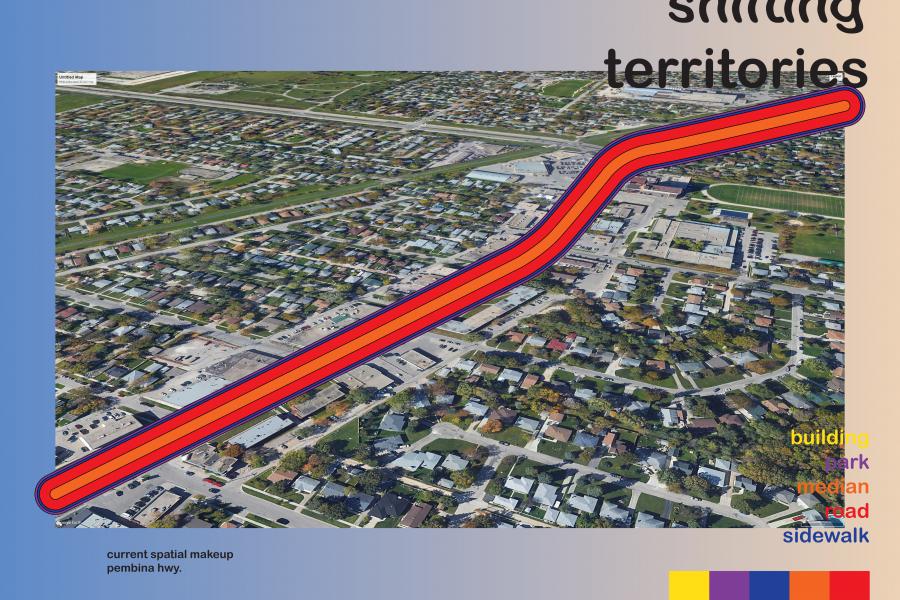
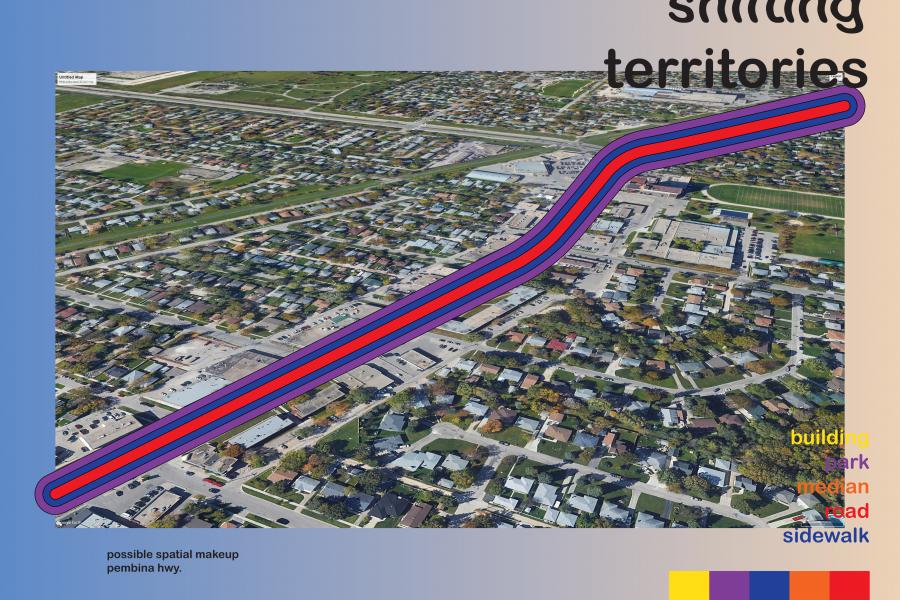
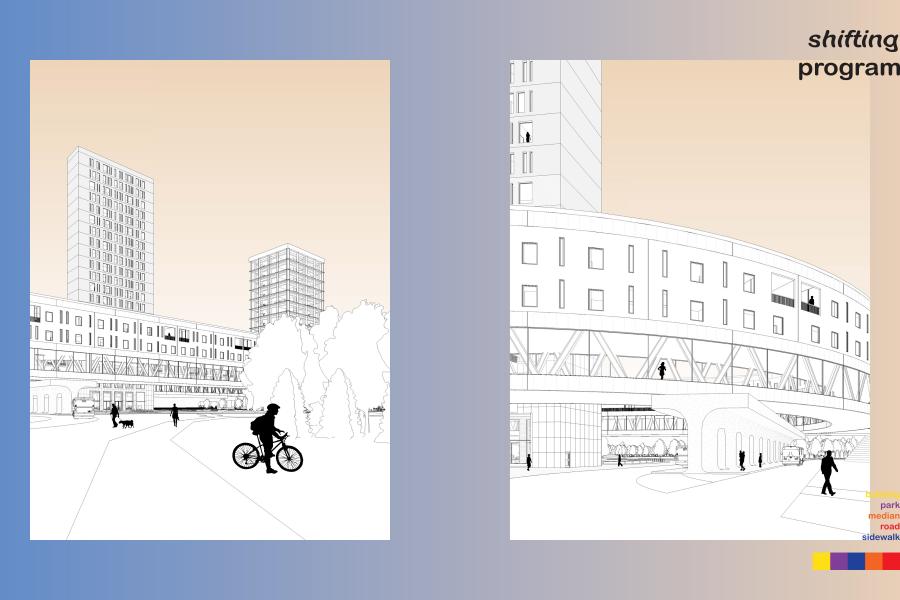
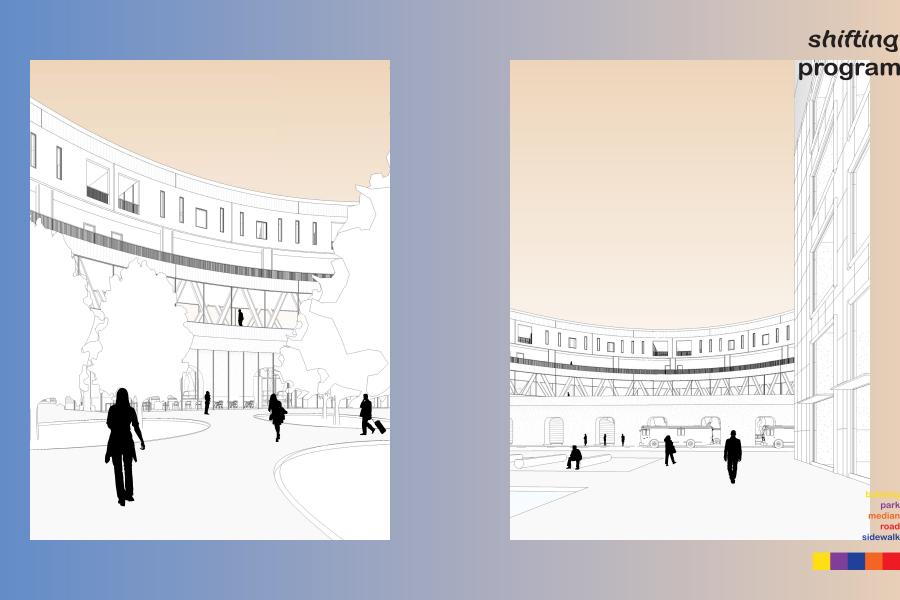
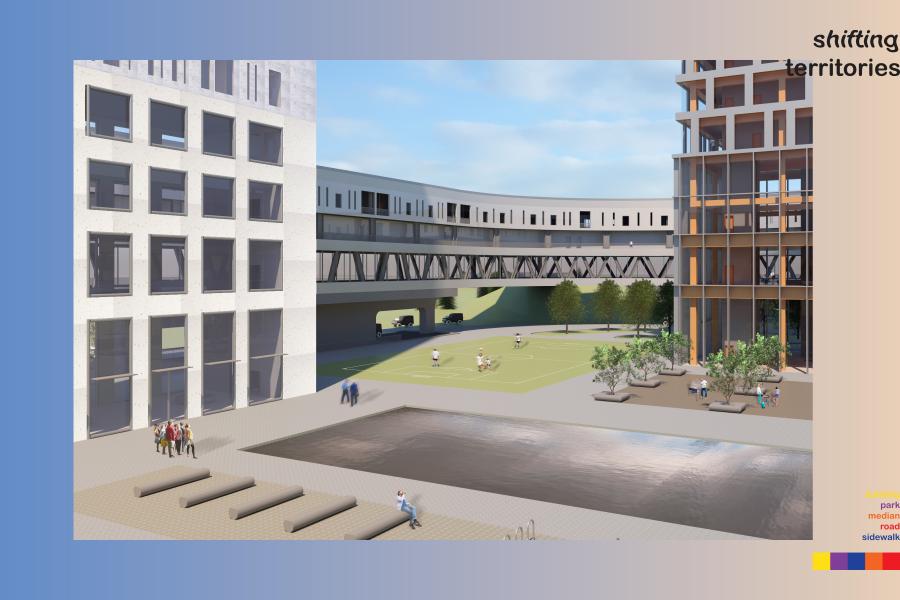
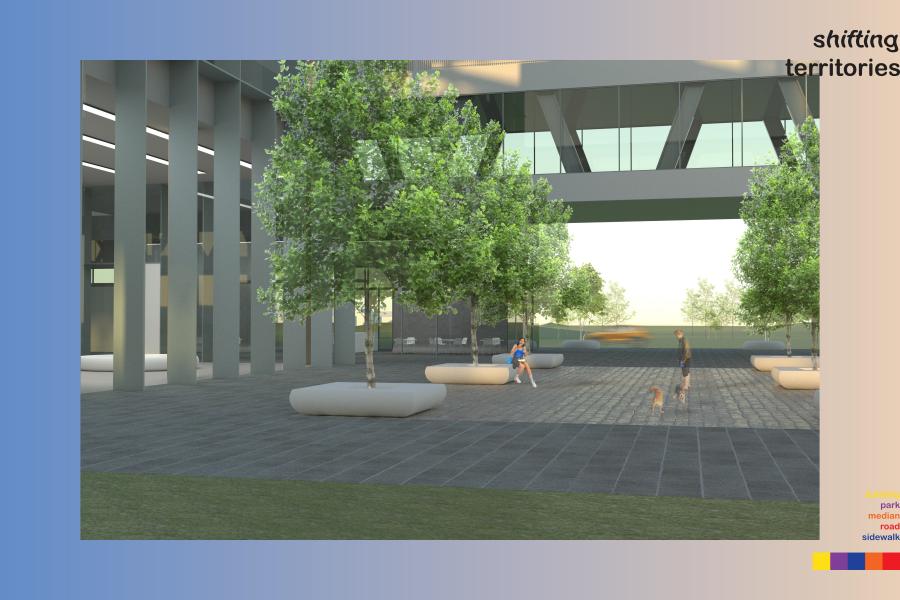

Shifting Territories: Methodologies for Transforming Infrastructure to Public Space
This project will examine a methodology for transitioning existing infrastructural urban spaces from a state of hybrid public use and access to places that are holistically part of the public domain.
The research and design will investigate urban territories typically classified as infrastructure and existing in a state of limited public use, and demonstrate how these territories can be a.) transformed into spaces of vibrant architecture, b.) enable kinetic social and communal urban life, and c.) become places of cultural coherence, inclusivity, and diversity. These transformations will be an effort to establish new urban territories where civil society is encouraged and sustained through human interaction; true ‘spaces of appearance’ as described by the philosopher Hanna Arendt.1
Airports, highways, port lands and parking lots are in one sense very much public; they are an essential amenity intended for public use but are not spaces for communal interaction. For example, most airports are pubic buildings; they are funded and managed by a governmental authority, are fully accessible and, for the most part, exist to serve the public. On the other hand, airports (and most infrastructural spaces) are highly specific and commercial in terms of use.
These hybrid conditions are also true of urban highways. While they provide a common and necessary amenity, they do not reinforce public life or civil society. They are in many cases as much barriers to community interaction as they are connectors. Urban highways are convenient for transportation. However, they are largely physical obstacles that interrupt and inhibit vibrant urban life. This project will probe and test concepts and techniques for shifting existing infrastructural territories (parking lots and highways) to commonly available and livable spaces through architecture and design. The context for the project will be Pembina Highway in the south end of Winnipeg MB, Canada - generally understood to be an environment hostile to pedestrian and civic interaction. It is an example of an urban infrastructural territory that is in state of hybrid public use. It is certainly utilized by the public as a means of transport but does not necessarily contribute to the livability and vibrancy of the surrounding context. The site is relatively generic, and the methodologies and proposals put forth for this project are intended to be transferable to other urban conditions - methods and examples for an architecture of shifting territories.
1 Maurizio Passerin d'Entreves, "Hannah Arendt", The Stanford Encyclopedia of Philosophy (Fall 2018 Edition), Edward N. Zalta (ed.), https://plato.stanford.edu/archives/fall2018/entries/arendt/>., 4.4 Action, Power, and the Space of Appearance.
